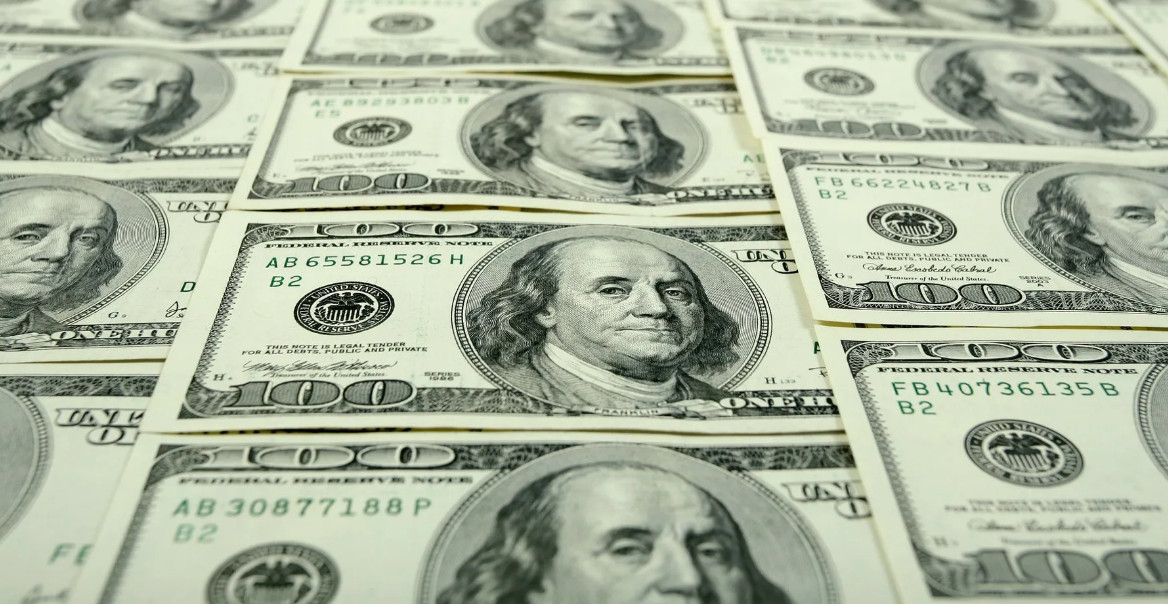
Before the Federal Reserve meeting, traders had no new leads that could turn the mood in the markets as sharply as inflation. In the next few sessions, the markets will carefully analyze the data, correlating them with previous speeches by members of the central bank, which were received before the week of silence began on Wednesday.
Against this background, the topic of the presidency of Paul Volcker is of interest, which was recently touched upon by current Fed Chairman Jerome Powell. Last Friday, for the second time in recent weeks, he cited Volcker's approach to inflation in the 1980s. Powell did not rule out that it could be used as a model to combat the current price pressure.
It should be noted that Volker was the head of the Fed who, as is known, used extremely high borrowing costs to suppress double-digit inflation in the period from 1979 to 1989. It was an unstable period for global financial markets, as well as for the US dollar.
Since Powell touched on this topic, his opinion has been supported by the head of the Cleveland Fed, Loretta Mester. According to her, Volker once spoke very accurately about inflation and his statement is probably the best in recent times.
"The inability to fight inflation now will only complicate any subsequent efforts, which will lead to a much greater risk to the economy," said Volker, whose words were quoted by Mester.
Mester also noted that she is in favor of raising the rate "to a level just above 4% by the beginning of next year." Next, the bet will need to be held for some more time. Obviously, the opinion was expressed without taking into account the disappointing inflation data on Tuesday.
The head of the Fed Board, Christopher Waller, spoke harshly on this topic.
"Until I see a significant and sustained slowdown in the growth of core prices, I will support the adoption of further significant steps to tighten monetary policy," he said on Friday.
So far, only one thing is clear, Volcker has coped with the task of fighting inflation. It is not clear whether the current Fed board will be able to defeat the price increase, even taking into account the fact that they, apparently, plan to use the Volcker strategy.
However, the markets still received some signal based on these statements. The central bank is unlikely to stand on ceremony and think about how the current aggressive approach will affect the country's economic prospects. Inflation needs to be slowed down by any means, otherwise the economy will be even worse. So next week the Fed will raise the rate by at least 75 bps, and maybe more.
Will such a step as curtailing incentives be enough? There is an opinion that the US central bank will have to get seriously and permanently bogged down in the fight against rising consumer prices. Much more will have to be done. The Fed, like Volcker at the time, will have to attack the growth of the money supply directly, allowing interest rates to go wherever they look. It doesn't sound very optimistic, but this is the only way Volker has achieved his goal.
Opinions About the Dollar
"The latest CPI and PPI data this week turned out to be key for changing rates. Sustained growth and still high inflation may well require a more decisive reaction from the outside," DBS Group Research writes.
"The August US consumer price index shocked the markets, prompting rates to add another 25 bps to expectations of a Fed rate hike and provided new opportunities for the dollar. In the absence of intervention by the Bank of Japan or a sudden more optimistic turn of the energy crisis in Europe, the dollar is likely to remain in value until the September FOMC meeting and after," Westpac strategies note.
Further growth of the dollar index is very likely in the short term, although it will be more difficult to make a profit, given the hawkish determination of the ECB, the risks of intervention by the BOJ. Meanwhile, the People's Bank of China's fixations are resisting a significant weakening of the yuan. The dollar should support near the lows of 109.00, expecting steady growth above 110.00, experts say.
At the end of the week, the dollar index is trading with a decent increase. Bulls manage to stay at the top of the recent range, and its short-term bullish view remains unchanged as long as it is above the support at 106.30.
Overcoming the area of 110.00 is expected to lead the indicator to a likely visit to the top since the beginning of the year at 110.80.
 English
English 
 Русский
Русский Bahasa Indonesia
Bahasa Indonesia Bahasa Malay
Bahasa Malay ไทย
ไทย Español
Español Deutsch
Deutsch Български
Български Français
Français Tiếng Việt
Tiếng Việt 中文
中文 বাংলা
বাংলা हिन्दी
हिन्दी Čeština
Čeština Українська
Українська Română
Română

